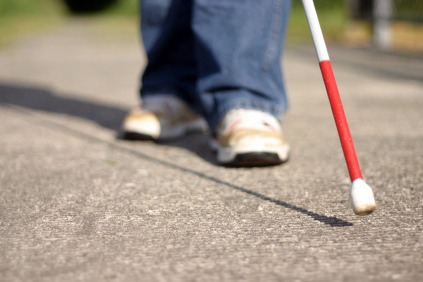![Pregnancy Diet When You Have Diabetes [Illustration by Shinod AP] Pregnancy Diet When You Have Diabetes [Illustration by Shinod AP]](../../../wordpress/wp-content/uploads/2013/06/diet-5_1.gif)
Pregnancy Diet When You Have Diabetes [Illustration by Shinod AP]
A few do and don’ts
- As the sugar levels are always very high, introduce a variety of bitter foods in the diet of a diabetic. This offsets the sugar levels and a balance is created.
- Diabetics should eat a lot of fenugreek (methi) leaves and seeds. This is crucial for a diabetic. A good way of consuming fenugreek is to soak the seeds overnight. You can then either have sprouts or, before every meal, have a teaspoon of the water in which you had soaked the seeds. Add fenugreek leaves when you are kneading dough to make chapattis and paranthas.
- Drumsticks are very healthy for diabetics. Normally drumsticks are added to sambhar.
- When drumsticks are out of season, try bittergourd (karela). Make a soup or have it as a dry vegetable preparation.
- Bengal gram (kala chana) and pulses used in a variety of vegetables and as well as dals should be had as frequently as possible.
- Fruits such as papaya and grapefruit (mausambhi) can be quite useful. You could throw in an occasional orange too, and of course, Indian gooseberry (amla).
- Cabbage has an excellent ability to heal. It reduces water retention in the body while retaining the body moisture.
- White goose foot (bathua) leaves can be kneaded into the chapatti dough, cooked as a vegetable or mixed with curd as an ingredient in raita.










